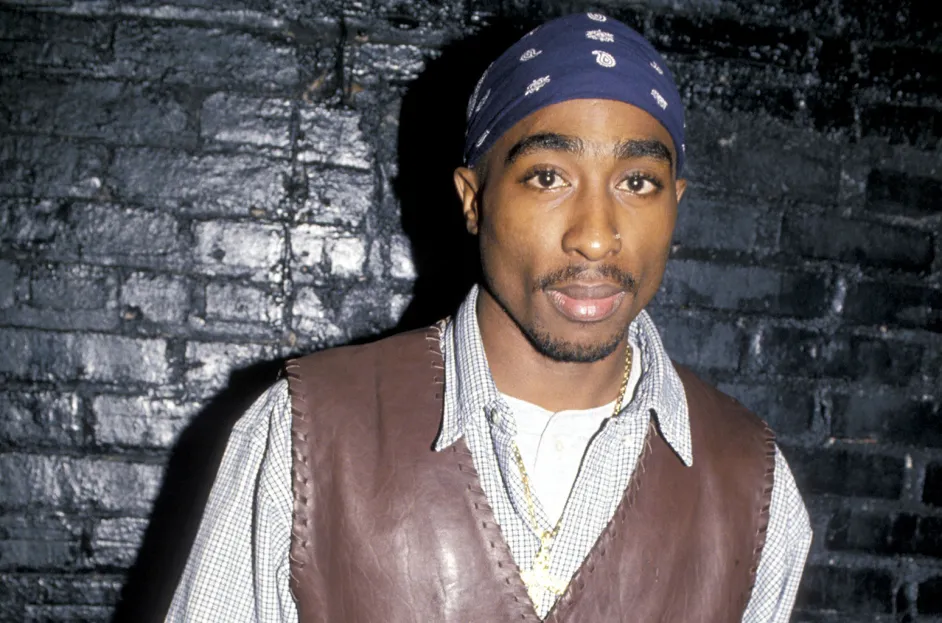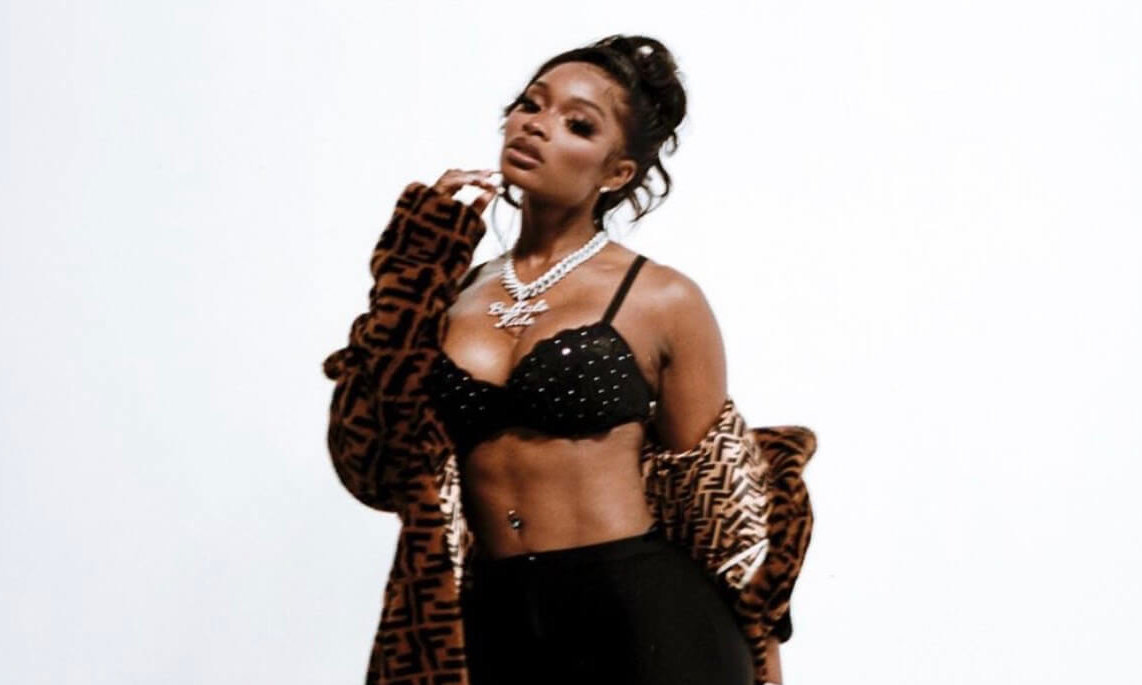
Tupac Shakur: The Revolutionary Poet and Icon of Hip-Hop
admin
- 0
kfoodfair2015.com – Tupac Amaru Shakur, better known as 2Pac, is regarded as one of the greatest and most influential rappers of all time. Born on June 16, 1971, in East Harlem, New York, Tupac’s life and music embodied the struggles, hopes, and pain of the African-American experience. A talented lyricist, actor, and activist, Tupac’s short life was marked by controversy, violence, and a deep commitment to addressing social injustices. Through his music, Tupac became an enduring symbol of resistance, resilience, and the fight for equality. His untimely death at the age of 25 only solidified his legacy as a cultural icon.
Early Life and Influences
Tupac was born to a family deeply involved in the Black Panther Party, with his mother, Afeni Shakur, being an active member. Raised in a politically charged environment, Tupac was exposed to the struggles of African Americans from an early age. His father, Billy Garland, was absent for much of his life, leaving Tupac to be raised by his mother in various cities, including Baltimore and Oakland. Despite facing financial hardships, Tupac’s upbringing in a politically aware household had a profound influence on his future as an artist.
Tupac’s interest in performing arts began at an early age, and he was particularly drawn to acting, poetry, and music. He attended the Baltimore School for the Arts, where he met future collaborator Jada Pinkett. His talent for poetry was apparent early on, and he began rapping in his teenage years, influenced by artists like Rakim, KRS-One, and Public Enemy. Tupac’s early years were filled with struggles, including brushes with the law and the pressures of living in a volatile environment. These experiences would later serve as the foundation for much of his music.
Breakthrough with ‘2Pacalypse Now’
Tupac’s musical career began in the early 1990s when he joined the group Digital Underground as a backup dancer and rapper. His first major appearance was on their 1991 single “Same Song,” where he showcased his lyrical abilities. In 1991, Tupac released his debut album, 2Pacalypse Now, which immediately garnered attention for its unapologetic commentary on social issues such as police brutality, racial inequality, and poverty. Tracks like “Brenda’s Got a Baby” and “Trapped” depicted the struggles faced by marginalized communities, while the album’s controversial content sparked heated debates.
2Pacalypse Now established Tupac as a bold and fearless voice in hip-hop, but it also brought criticism, especially from political figures who took issue with the album’s portrayal of violence and social unrest. Despite the controversy, the album was a commercial success, and Tupac’s name was solidified in the hip-hop community.
‘Strictly 4 My N.I.G.G.A.Z…’ and Mainstream Success
Tupac’s second album, Strictly 4 My N.I.G.G.A.Z… (1993), expanded on the themes of his debut but also marked a shift toward a more mainstream sound. The album produced hits like “I Get Around” and “Keep Ya Head Up,” with the latter becoming a rallying cry for women’s rights and addressing the struggles faced by women in impoverished communities. With tracks like “Keep Ya Head Up,” Tupac became known not only for his raw, confrontational style but also for his ability to deliver messages of hope and empowerment.
Tupac’s reputation as a socially conscious artist grew, and his music began to resonate with a wider audience. However, the artist’s life was becoming increasingly complicated. He faced a series of legal issues, including accusations of assault and, later, charges related to his involvement in a shooting incident in 1993. These legal battles, along with his public persona, began to shape his image as both a hero and a controversial figure in the public eye.
The ‘Me Against the World’ Era: Struggles and Triumphs
In 1995, Tupac released Me Against the World, an album that marked a significant moment in his career. The album was deeply introspective, reflecting Tupac’s struggles with fame, legal troubles, and personal conflicts. The album’s standout track, “Dear Mama,” is one of his most beloved songs, in which he addresses his mother’s struggles with addiction and his deep love and respect for her. The song became a symbol of Tupac’s vulnerability and the more reflective side of his character.
During this time, Tupac was serving a prison sentence for a sexual assault conviction. While incarcerated, he continued to release music, and his popularity only grew. The album became his first to top the Billboard 200, and it solidified Tupac’s status as one of the most important voices in hip-hop.
The East Coast-West Coast Rivalry and ‘All Eyez on Me’
The mid-1990s were defined by the intensifying East Coast-West Coast rivalry between Tupac and artists like The Notorious B.I.G. and Diddy. In 1996, Tupac signed with Death Row Records, a move that marked his full embrace of the West Coast hip-hop scene. His first album under Death Row, All Eyez on Me (1996), was a double album and became one of the most influential rap albums of all time. The album included hits like “California Love,” “How Do U Want It,” and “2 of Amerikaz Most Wanted,” with Tupac’s charismatic personality and vivid storytelling on full display.
All Eyez on Me captured Tupac at the peak of his commercial success, with its mix of party anthems, street narratives, and introspective moments. However, the album also reflected the tensions surrounding Tupac’s life, particularly his involvement in the ongoing rivalry between East Coast and West Coast rappers. Tupac’s public persona was becoming increasingly divisive, as he embraced his role as a revolutionary figure while also facing accusations of violence and aggression.
The Tragic End and Enduring Legacy
On September 13, 1996, Tupac Shakur was tragically shot in Las Vegas following a drive-by shooting. He died six days later at the age of 25, leaving behind a vast body of work that continues to resonate with audiences today. His death, shrouded in mystery and conspiracy theories, marked the end of an era for hip-hop and left fans mourning the loss of an artist who had become synonymous with revolution, defiance, and authenticity.
In the years following Tupac’s death, his legacy has only grown. His music, which spoke to issues of systemic racism, inequality, and violence, remains timeless, and his influence can be seen in the work of countless artists across multiple genres. Tupac’s ability to address complex themes like love, loss, identity, and social justice has cemented his status as a cultural icon.
Tupac’s life and music continue to be the subject of documentaries, books, and scholarly analysis, and his story is often seen as a cautionary tale of a brilliant but troubled artist who never fully realized his potential. However, his contributions to hip-hop and his message of empowerment, resistance, and social change live on.
Conclusion: The Enduring Legacy of Tupac Shakur
Tupac Shakur’s impact on hip-hop and popular culture cannot be overstated. His music transcended the boundaries of rap, offering powerful social commentary while capturing the complexity of the human experience. Tupac’s words continue to inspire and provoke, making him not just a rapper but a revolutionary figure in music and activism. Though his life was cut short, Tupac’s influence on the world is undeniable, and his legacy as one of the most important cultural figures of the 20th century remains intact.


